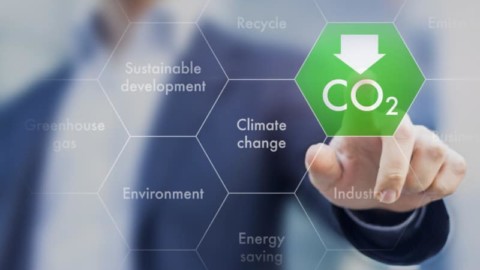Western Australia has reached its four 2022 Renewable Hydrogen Strategy targets, opening its high-speed hydrogen refueler and blending renewable hydrogen into the natural gas network – both firsts for the State.
The strategy set out four clear targets for completion in 2022 – a refuelling facility available in Western Australia, distribution of hydrogen into the gas network, use of hydrogen in a remote location, and approval of an export project.
The milestones mean the Western Australian Government has hit all four 2022 targets on time, following the commissioning of the Denham hydrogen plant in October and the commencement of construction on the joint Yara/ENGIE Yuri project in the Pilbara.
During December 2022, natural gas company ATCO began blending a small percentage of renewable hydrogen into a portion of the natural gas distribution network within the City of Cockburn, marking the first time in Western Australia that renewable hydrogen has been used in the natural gas supply.
The project is one of the largest of its kind in Australia, and is expected to reach more than 2,700 businesses and households.
ATCO plans to increase and test blend percentages from two per cent to working towards up to ten per cent.
ATCO and Fortescue Future Industries (FFI) also opened Western Australia’s first renewable hydrogen refuelling station in December 2022. The station can fill hydrogen fuel cell electric vehicles, such as the Toyota Mirai, with renewable hydrogen in five minutes. The Toyota Mirai can travel up to 500km on a full tank, emissions free.
The station will be used by ATCO and FFI to refuel their fleet of Toyota Mirai, as well as agreed third parties such as Western Australia Police.
The station and blending project will use renewable hydrogen produced onsite in Jandakot at ATCO’s Clean Energy Innovation Hub from renewable electricity through electrolysis.
The State Government has invested in both projects, contributing $1.97 million towards the Hydrogen Blending Project and $1 million to the hydrogen refuelling station.
In total, the State Government has committed $162.5 million to support the development of the renewable hydrogen industry in Western Australia following the release of the Renewable Hydrogen Strategy in 2019.
The announcement comes ahead of the Australian Hydrogen Conference on 6-7 December, which brings together the sector’s energy leaders to help shape the future of this rapidly expanding sector not only in Western Australia but also across the nation and overseas.
More than 800 delegates and speakers are expected to attend.
Western Australian Premier, Mark McGowan said the milestones achieved by ATCO projects are not just great news for the company, they are great news for the State.
“More and more, we are seeing local projects take renewable hydrogen as a clean energy source from theory to reality,” Mr McGowan said.
“Hydrogen is the fuel of the future, and my Government is positioning Western Australia at the front of the hydrogen race, driving local jobs and helping to diversify the economy.”
Western Australian Hydrogen Industry Minister, Alannah MacTiernan, said the State’s 2022 goals were to help kickstart a renewable hydrogen industry in Western Australia – and build important skills and knowledge for future growth.
“The commissioning of ATCO’s hydrogen blending facility has helped us achieve the goal of distributing renewable hydrogen in the Western Australia gas network by 2022,” Ms MacTiernan said.
“Through the ATCO Hydrogen Refuelling Station, we have met our goal of having an operational renewable hydrogen refuelling station in Western Australia by 2022.
“Our goals going forward will change as we fast track our capacity to become a hydrogen world player.”
Western Australia Energy Minister, Bill Johnston said as Western Australia transitions to net zero emissions by 2050, renewable hydrogen will have a lead role to play in meeting the State’s energy needs.
“ATCO’s Hydrogen Blending Project shows how emerging technology can be integrated with existing assets in the gas distribution system and balance energy needs,” Mr Johnston said.
“Blending renewable hydrogen with natural gas creates a pathway to lower emissions and drives us towards our net zero future.”
















